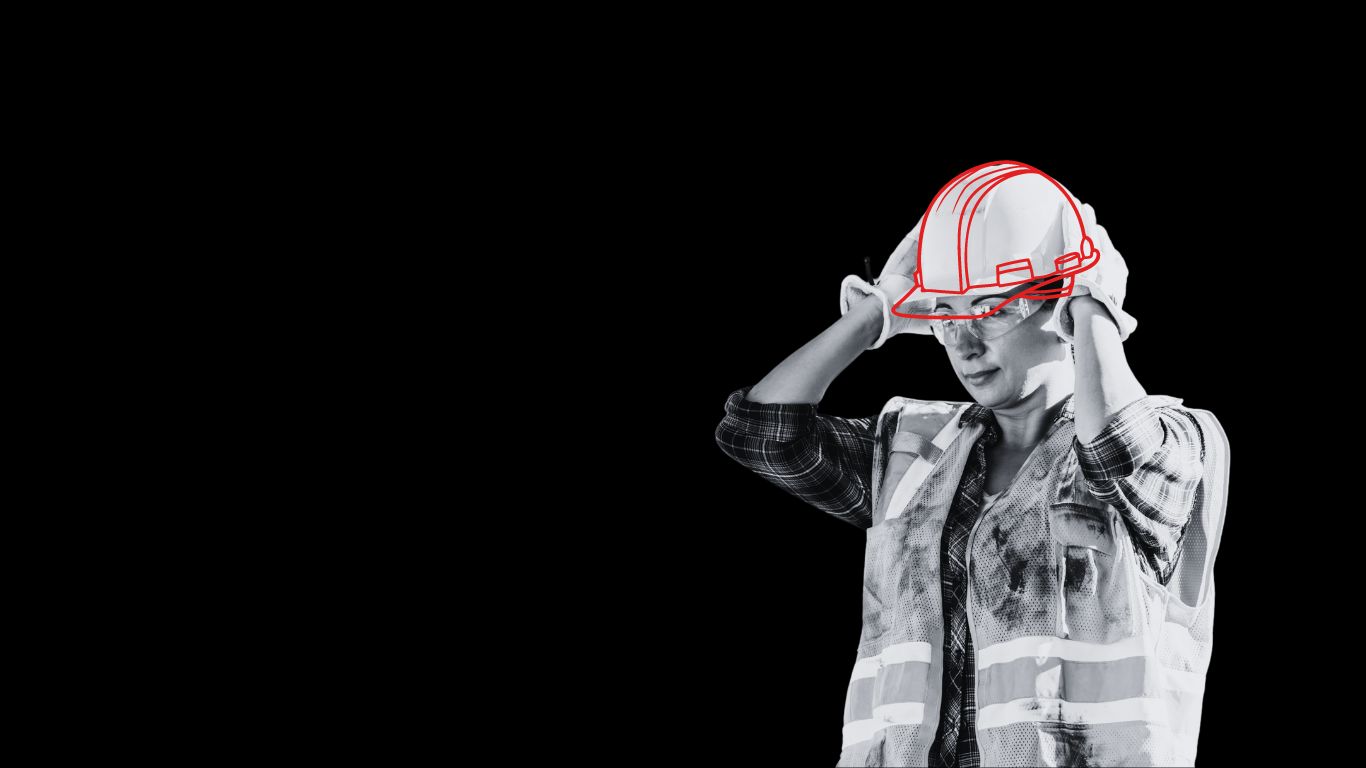The Self-Isolation Support Payment Scheme, otherwise known as the Test & Trace Support Payment Scheme, came into effect on the 28th September 2020. The aim of the scheme was to aid people financially who were forced to self-isolate after coming into contact with COVID-19.
If NHS Test & Trace informed you that you will need to self-isolate, or if you’re the parent or guardian of a child who has been told to self-isolate, then you may be eligible for the £500 payment. You must’ve met all of the following criteria in order to apply for the payment:
- You’ve been told to stay at home and self-isolate by NHS Test and Trace or the NHS COVID-19 app, either because you’ve tested positive for COVID-19 or have recently been in close contact with someone who has tested positive
- You’ve responded to messages from NHS Test and Trace and have provided any legally required information.
- You’re employed or self-employed.
- You’re unable to work from home and will lose income as a result of self-isolating
- You’re currently receiving or are the partner of someone in the same household who is receiving, at least one of the following benefits:
- Universal Credit
- Working Tax Credit
- income-based Employment and Support Allowance
- income-based Jobseeker’s Allowance
- Income Support
- Housing Benefit
- Pension Credit
If you’re not on one of these benefits, you could be eligible for a £500 discretionary payment if all the following apply:
- You’re on a low income
- You will face financial hardship as a result of self-isolating
Payments received under any of these schemes are taxable but are exempt from Class 2 and Class 4 National Insurance contributions. When it comes to reporting the Self-Isolation Support Payments, it can be a little tricky with lots of factors weighing in. Here’s all you need to know on how to correctly file the Test & Trace support payments.
Filing Self-Isolation Support Payments If You’re Employed
If you’re employed and have been unable to carry out your usual working schedule remotely whilst having to self-isolate then you will have to include the payment in your annual self-assessment. The payment will need to be filed under the ‘Other benefits (including interest-free and low interest loans)’ box of the ‘Benefits from your employment’ section of the self-assessment form SA102.
This will then be calculated by HMRC and you will then be accordingly taxed.
Filing Self-Isolation Support Payments If You’re Self-Employed
If you’re self-employed then you must follow the same method as if you were employed, including the payment when filing your annual self-assessment returns. If your total relevant profits for tax year 2020/2021 are below £6,475, you do not need to make any adjustments to your profits for the Class 2 National Insurance contributions exemption.
If your total relevant profits for tax year 2020/2021 exceed £6,475, you may have to make an adjustment for the Class 2 or Class 4 National Insurance contributions exemption. You should enter the amount of the self-isolation support scheme payments received in the ‘Adjustment to profits chargeable to Class 4 National Insurance contributions’ box on either your:
If you normally complete a short tax return (SA200) and your profits are £6,475 or more, you may need to complete the main tax return (SA100 and any relevant supplementary pages) instead. This is so you can make the adjustment for the Class 2 or Class 4 National Insurance contributions exemption.
If you wish to pay Class 2 National Insurance contributions voluntarily, you can still do this by ticking the appropriate box on your return.
Filing Self-Isolation Support Payments If You Are A Trading Partnership
If you are a part of a trading partnership, then only the partner who receives the payments is entitled to adjust their taxable profit share for Class 2 and Class 4 National Insurance contributions purposes.
Where the self-isolation support scheme payments are not included in a partnership’s accounts, the recipient of the payments should enter the payments received on their partnership pages (SA104F or SA104S), in:
box 19 – ‘Any other business income not included in the partnership accounts’
box 27 – ‘Adjustment to profits chargeable to Class 4 National Insurance contributions’
If Your Return Needs Readjusting
If you’ve already submitted your tax return for tax year 2020 to 2021 but have not made the required adjustments, then it’s essential that you correct this. Fear not though, this is a relatively simple process.
If you have submitted your return online through the HMRC portal, you will need to submit an amendment by completing the appropriate ‘Adjustment to profits chargeable to Class 4 National Insurance contributions’ box.
If you don’t submit your returns online, you will need to provide written correspondence to HMRC, asking to amend your return by making an adjustment for the Class 2 and Class 4 National Insurance contributions exemption for the amount of self-isolation support scheme payments received. You must also provide:
- your name
- your address
- your Unique Taxpayer Reference
- the tax year
This must then be addressed and sent to:
Self Assessment
HM Revenue and Customs
BX9 1AS
United Kingdom
We hope this has outlined how to correctly file a Self-Isolation Support Payment whether you’re employed, self-employed or in a trade partnership. If you require any more information on any of COVID-19 government schemes, loans and grants, or anything accounting related for that matter, please don’t hesitate to get in contact with us at Nordens where one of our trusted advisors would be happy talking you through your query.















